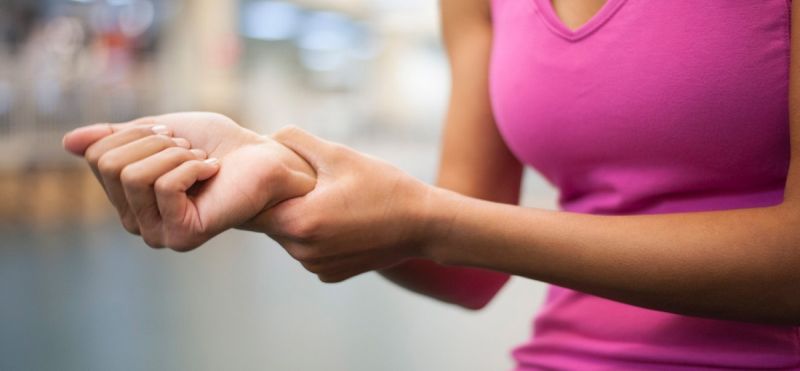
- By: Suman Ayurveda Clinic
- 12 October, 2018
Bone and joint problems were at one time thought to be a fact of life, things that simply accompanied the aging process. Now we know a little more about the problems. Here you will learn what we know about the symptoms and causes of bone and joint problems.
The early symptoms of bone and joint problems are aches, pains and stiffness. The later symptoms may include any of the following conditions:
- Osteoarthritis
- Rheumatoid arthritis
- Osteoporosis
- Frequent bone fractures
- Osteomalacia
Bone fractures in the elderly can be deadly. Complications can arise from surgery. The fracture may fail to heal properly leading to permanent disability.
There are risk factors and causes of weak bones and joints. Age is one of the risk factors, but as mentioned above, the problems are not caused by normal aging. Something else is going on.
Other than frequent fractures, the most common symptom of osteoporosis is a hunched appearance. The spine starts to curve in as though the head is too heavy to be held up any longer. People may also seem to shrink as this curvature occurs and for other reasons associated with unhealthy bones and joints.
Osteomalacia is a painful condition that is often mistaken for arthritis, especially when it affects the elderly. Not only is there pain in the bones and joints, there is also pain in the muscles.
Who's At Risk?
Osteoporosis is the most common bone disorder among post-menopausal women. It has been estimated that fractures occur due to osteoporosis every three minutes in the United Kingdom.
Men are not immune to the risks of osteoporosis. Current figures show that 1 in every 8 men over the age of 50 will have a fracture related to osteoporosis at some point in his lifetime. Even more men have osteoporosis, but are lucky enough to avoid a fracture.
What are the Causes?
The underlying cause of osteoporosis and osteomalacia is reduced bone density. Fractures occur because the bones are thinner and more brittle. In the case of arthritis, the underlying cause is loss of protective cartilage between the joints.
What Causes Reduced Bone Density?
Researchers have learned that many things can interfere with the production of new bone, which is an ongoing process throughout a person's life. The process may be slower with age, as most bodily processes are, but it should not stop completely.
One thing not only interferes with the production of new bone. It actually causes the breakdown of bones to get at the calcium stored within them. As you might suspect, lack of calcium in the diet will cause the body to break down bone to direct the mineral to other bodily function. But, there are many minerals stored in bones. So any mineral deficiency can lead to bone loss.
Lack of vitamin D will also cause unhealthy bones. Osteomalacia is actually the adult equivalent of rickets, caused by inadequate vitamin D intake.
